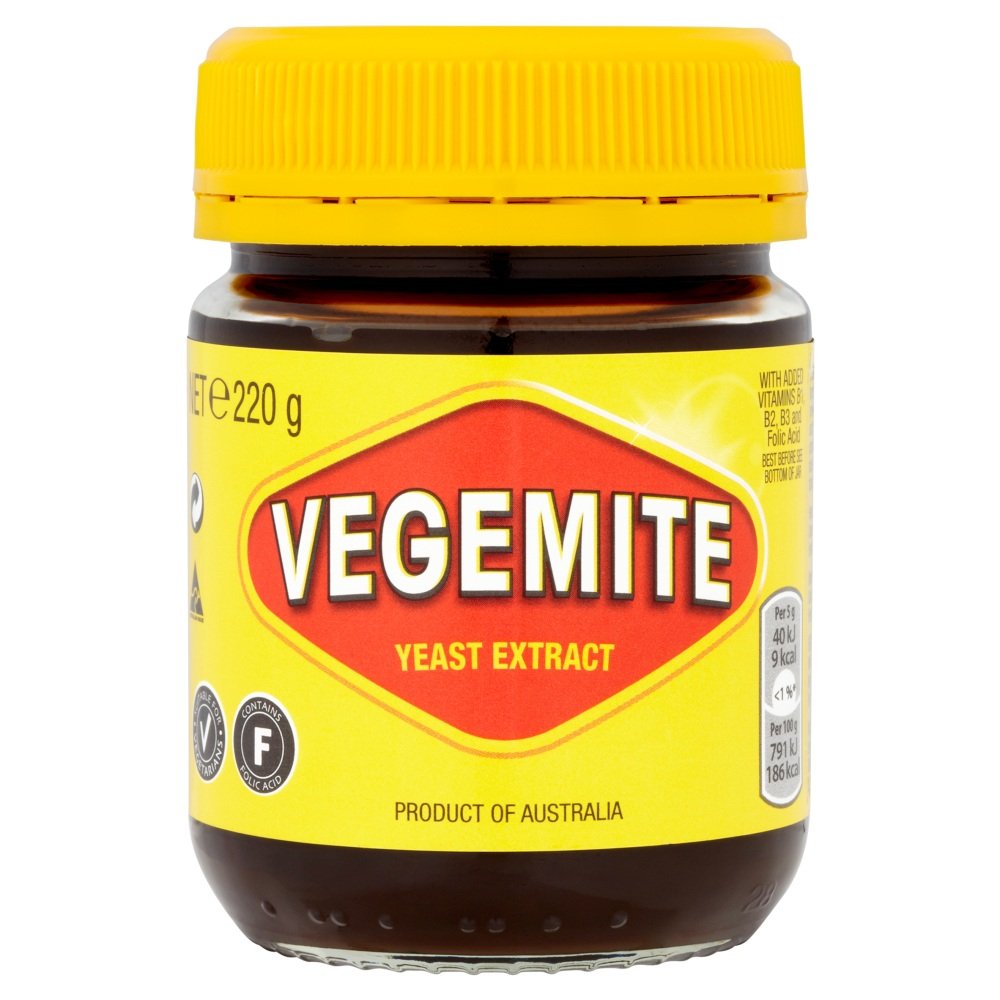I’m currently living in my first apartment, and I’ll be moving out soon. I’ve got tons of scuffs on the walls from stuff like installing my furniture while moving in and bringing my bike in and out of my apartment. I tried cleaning them with soap and water, but they weren’t budging at all, so I sighed and resigned myself to losing my deposit. I mentioned it off hand to my dad recently, and he told me to try using a magic eraser. I was a little skeptical, but I went out and got one anyway. I was amazed, literally one swipe of the eraser was able to get rid of the smaller marks instantly. My walls have never looked better!
I had always assumed magic erasers were just sponges with some soap already inside them, maybe with a scotchbrite pad attached. But I looked it up, and no, the “eraser” in the name isn’t metaphorical. They work exactly the same as pencil erasers. They’re super fine plastic sponges, and when you rub them on the wall they break down into tiny sharp plastic fibres which act as an abrasive. I found that super interesting to learn, and now I have another tool in my toolbox.


Then what’s an alternative?
It depends on the surface… but whatever we used before they were invented in the early 2000s, I suppose.
I’m being a little snarky, but they are a general purpose “shortcut” method, not really specialized for any particular use–kinda like duct tape. So there is almost certainly a better way depending on what specifically you’re trying to clean.
Yeah it’s amazing that in all my years of crafting and fixing, I’ve found that the least-suitable application for duct tape is on ducts.
A white wall
I’d start with a good quality microfibre cloth and a little water.
If that didn’t work sugar soap, which is mildly abrasive and acidic. Painters use it to prep walls before painting.
Finally an abrasive cleaner like Ajax, Jif, or Gumption. These all have tiny particles of calcium carbonate that provide the abrasive quality. Calcium Carbonate readily occurs in nature, it’s called Limestone. These are intended to strip grease out of your nanna’s oven with her 80 year old elbows though, so with a mark on a wall I would start with a very, very weak mixture.
Whatever you do just be aware that you’re mechanically altering the surface you’re “cleaning” whether you use a magic eraser or abrasive cleaner. If you go at a nice shiny enamel finish with a bottle of jif you’re going to end up with nasty foggy spots. This will be more noticeable than you might expect, and might even deteriorate over time.
Thanks! I just want the white walls white. This is very helpful. Thanks for writing it out :)
Steel sponge or sandpaper
So damage or polute?
… both of which magic erasers do
Elbow grease.